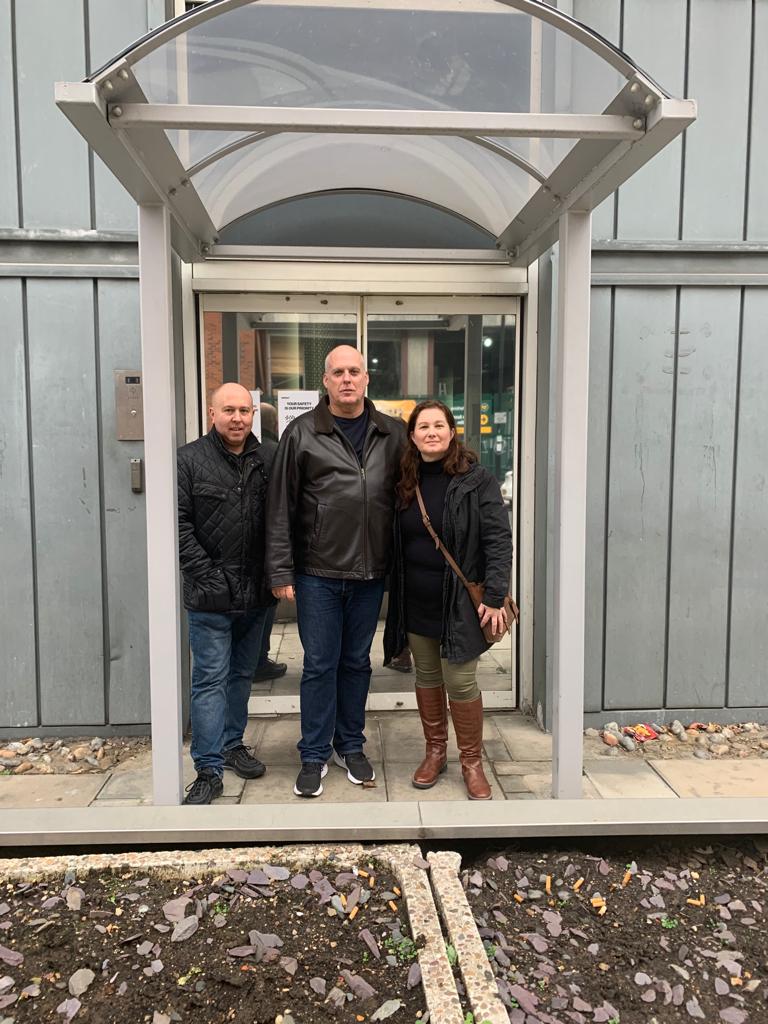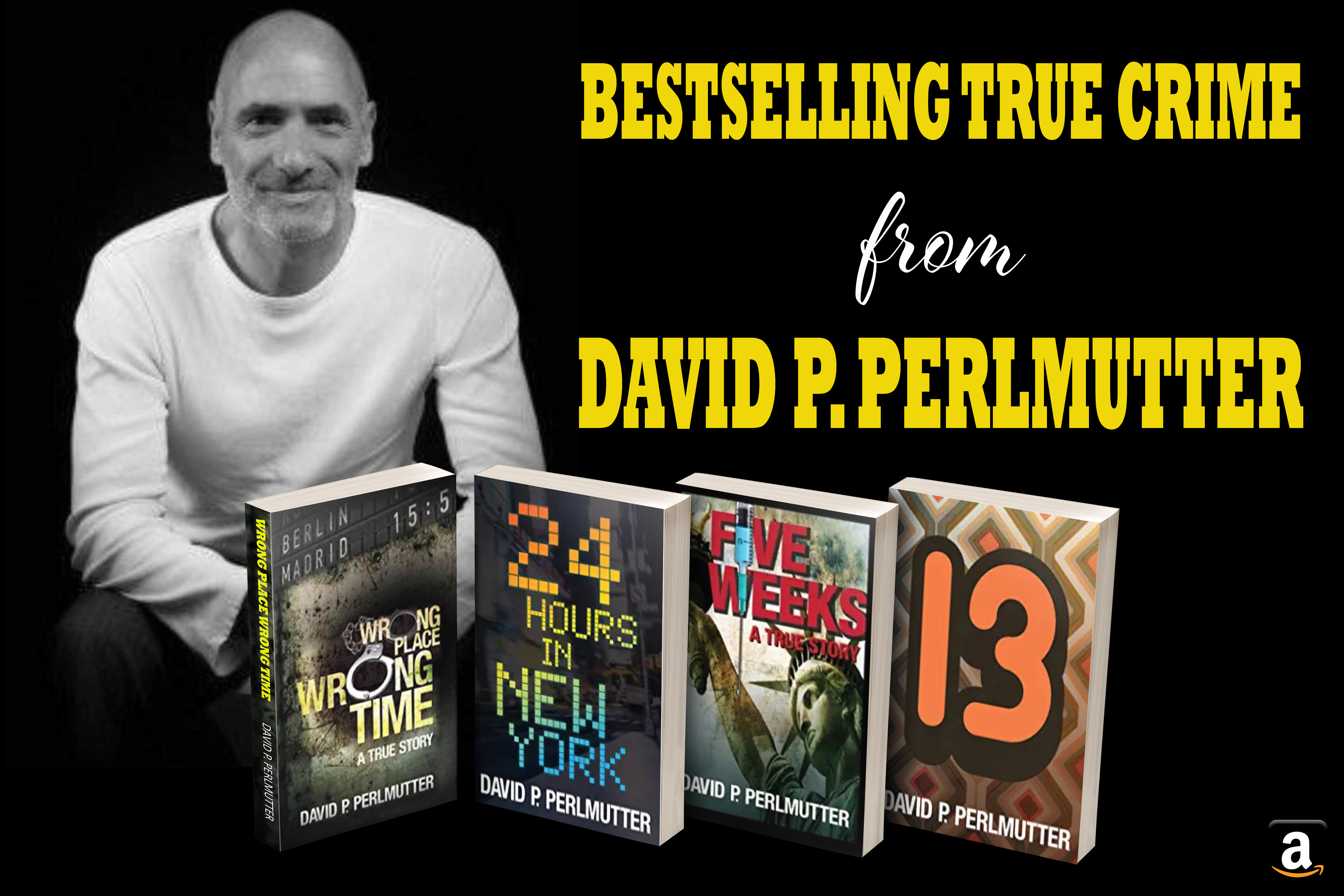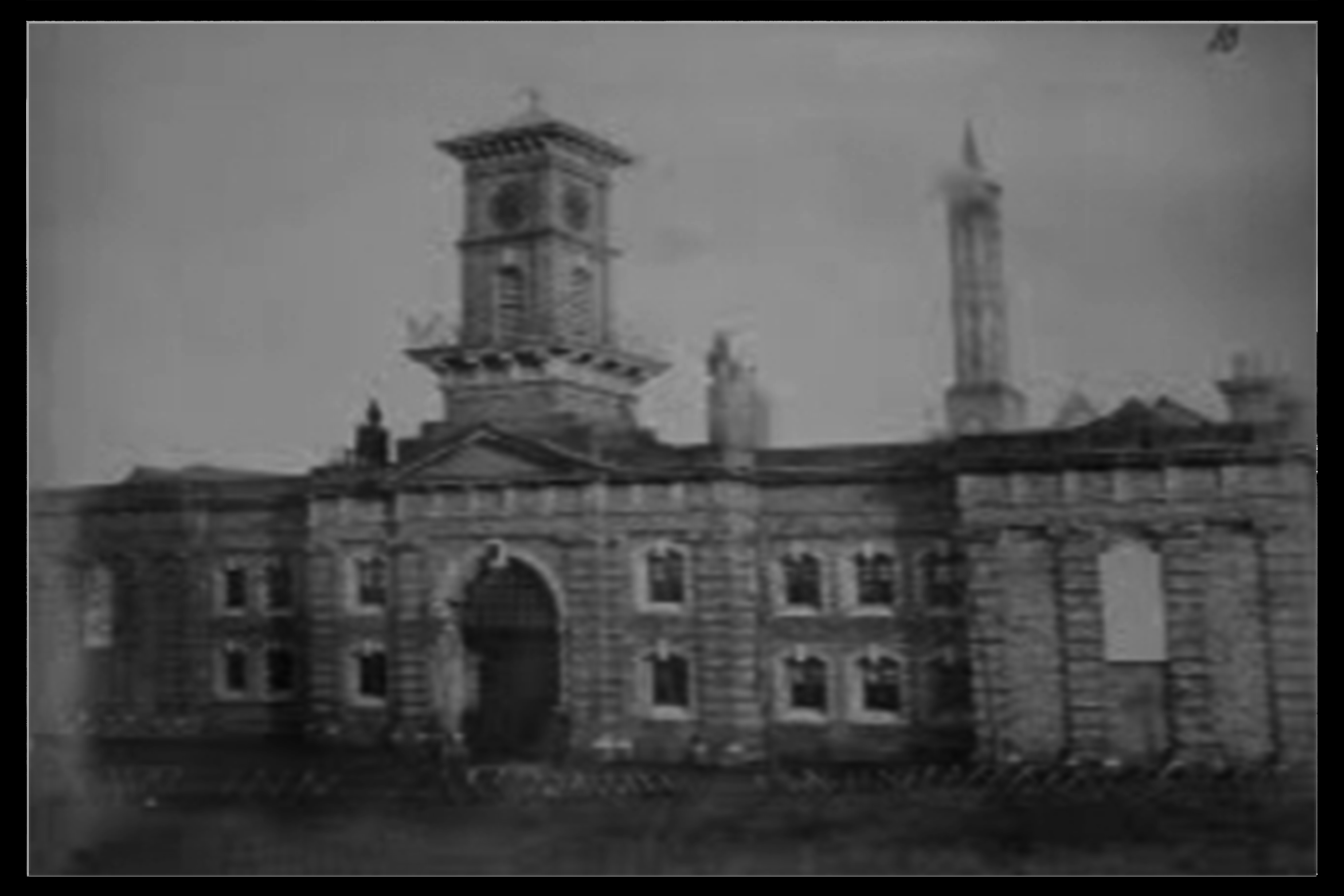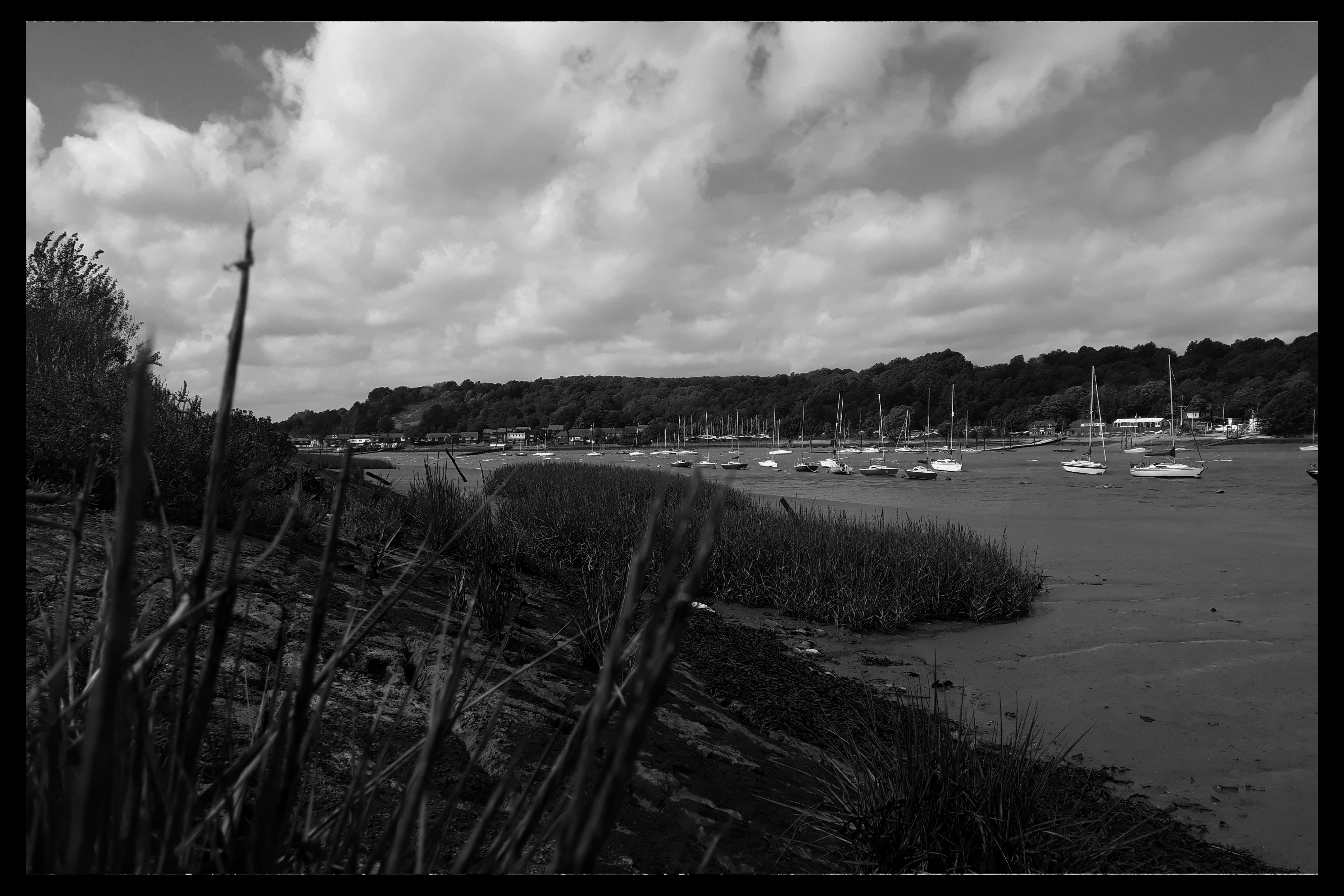A look at some of London’s most notorious serial killers
London, it’s fair to say, harbours a dark relationship with serial killers but, in order for us to know their names they did, eventually make mistakes leading to their capture. Those of them known to us, anyhow. One exception is, of course, Jack the Ripper. DNA wasn’t around during his time, and one has to wonder if the resolution of that case might have been different if it was. Read on for a little more insight.
Our capital encompasses a grizzly history on many levels. Streets both sides of the river Thames were poverty-stricken and, and police were baffled with the ever-increasing numbers of missing persons. With the lack of technology, they’ve become accustomed to today, the police grew ever reliant upon complacency of the culprits. Complacency is still a factor, but in today’s world the science helps.
Here are a few ‘first mistakes’ from some infamous serial killers.
Amelia Dyer was born in 1837 and died in 1896 in Newgate Prison. She was a woman that would cause distress to most. Also known as The Baby Farmer she is thought to have killed hundreds of babies given up for adoption with the belief she would care for them. Accepting upfront payment and a box of clothes that were destined for the pawnbrokers, she would then tie tape or cord around the infants necks, before depositing their bodies in the Thames. Cruelly telling the parents, many of whom expected to reclaim their babies once in a better position to look after them, that all was fine.
Dyer’s first mistake was to wrap a baby’s corpse in brown paper that identified her by giving an address. When the ‘package’ was found floating in the Thames, it gave the police enough evidence to place Dyer under surveillance.
Thomas Neill Cream, better known as The Lambeth Poisoner, was a physician and surgeon, who fled to America after the woman he’d been having an affair with was found dead in an alleyway close to his offices in 1879. She was pregnant and had been poisoned with chloroform. Once in America Cream claimed four more lives. Interestingly his wife had died in 1876, her cause of death recorded as ‘consumption’ at the time. Cream returned to London, settling in Lambeth Bridge Road (1891) and within one year four prostitutes had died after accepting drinks from him. These drinks were laced with strychnine. It was later believed Cream had murdered his wife.
Cream’s first mistake was to offer an American visitor a tour of where the victims had lived and met their fate, doing so with detailed knowledge. After the tourist mentioned this to the police, they placed him under surveillance.
Mary Pearcey was convicted of murdering her lover’s wife, Phoebe Hobb and her daughter in October 1890 and hanged in December of the same year. After inviting them into her home, she bludgeoned the woman to death and smothered her eighteen-month-old baby daughter. Although its unknown if the daughter was alive or if Pearcey was transporting a corpse she used the woman’s pram to dispose of the bodies that she dumped under rubbish in Hampstead. In addition, Pearce was suspected of being a serial killer as it was thought, perhaps, she could have been Jill the Ripper. She was the only female suspected of being the notorious Jack the Ripper at the time.
Pearcey’s first mistake was to have the audacity to push the pram around the streets of London, using it to dispose of her murder victims. Passersby noted her strange behaviour and called the police, who found blood in her home. With regard to the Ripper case, DNA was used in 2006 to analyse the stamps used to post the letters in the Jack the Ripper case; it was concluded that they were licked by a woman.
John Christie, or The Rillington Place Murderer, started his murdering spree in April 1943 after meeting an Austrian prostitute. Christie was married to wife, Ethel but this didn’t deter him taking the prostitute back to his flat, as she was visiting friends. Christie murdered and buried the prostitute in their back garden. During a ten-year period, Christie killed at lease eight people that included the wife and baby daughter of Timothy Evans. Evans was their neighbour in an adjoining flat. Police searched, and failed to find the bodies initially, but on a second search arrested Evans for the crime. Christie gave evidence against Evans in court, resulting in his conviction and subsequent hanging in 1950. Sixteen years later, Evans was pardoned after Christie admitted to these murders, and the others he committed.
Christie’s first mistake was to rent out his flat. The new tenants attempted to hang a bracket on a wall, revealing a hidden alcove—the wallpaper gave way revealing three bodies stacked inside.
Dennis Nilsen is London’s most recent serial killer and certainly one of the most prolific. Taking at least twelve lives, he lured men back to his flat in Muswell Hill between 1978-1983. Choosing his victims for their vulnerability, mostly were homeless or lonely homosexuals. His motivations were sexually motivated. Admitting to sexually pleasuring himself after their killing had taken place, Nilsen had a macabre fascination of changing their bodies during death. Bathing, cleaning, and dressing them would be part of his routine before leaving them in his flat for weeks or months after the event.
After boring with them, he’d dissect their flesh (which would be putrid by then) from the bones before burning it on a bonfire or flushing it down the toilet.
Nilsen’s first mistake was to call a drain cleaning company after he and other residents noticed they were getting blocked drains. The engineer noticed flesh-like substance inside, and small bones. Nilsen even commented to him that it looked like someone was flushing their KFC away.
© Donna Siggers (2023) The moral right of Donna Siggers to be identified as the author of this work has been asserted in accordance with the Copyright, Designs and Patents Act of 1988.












